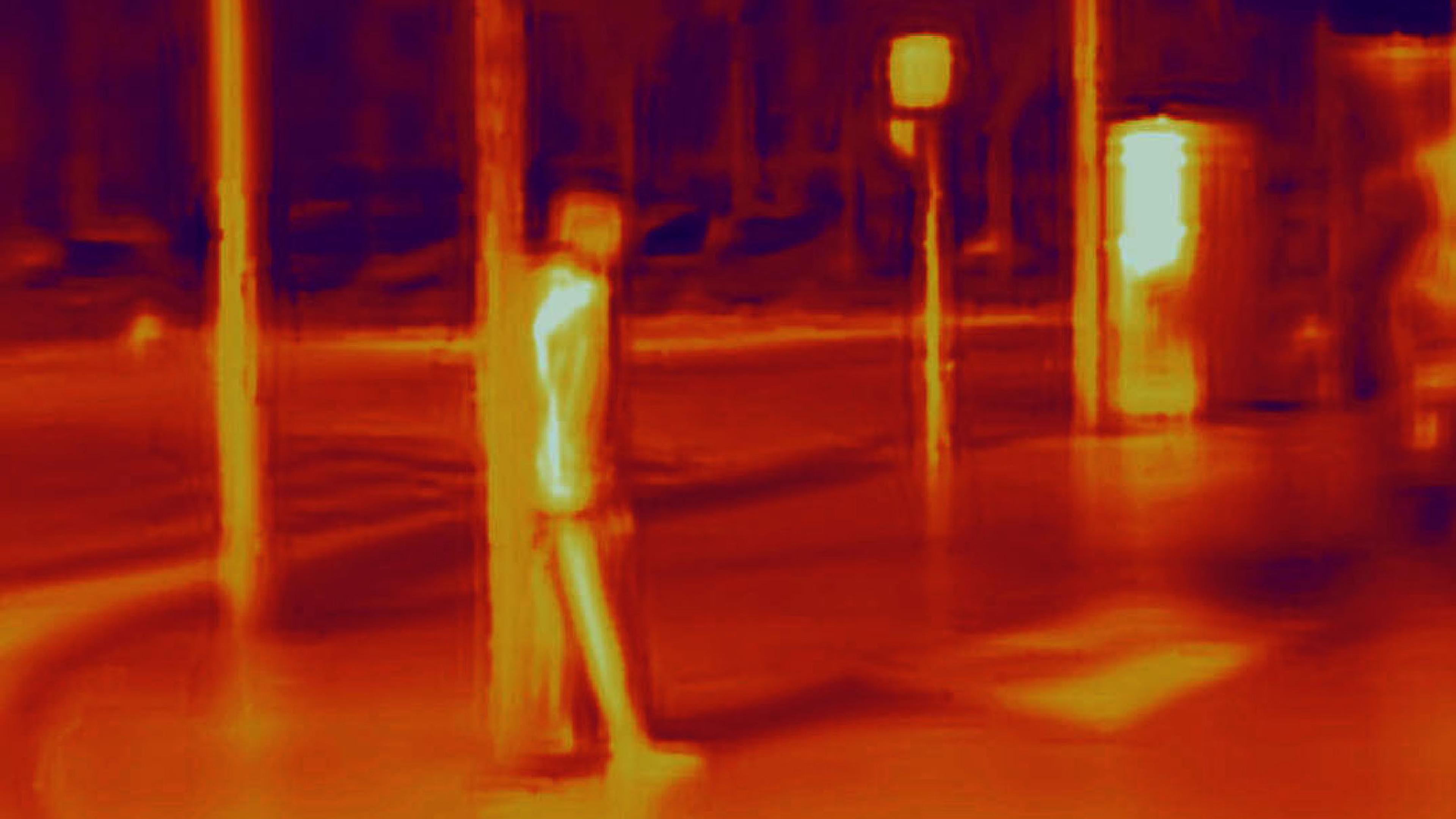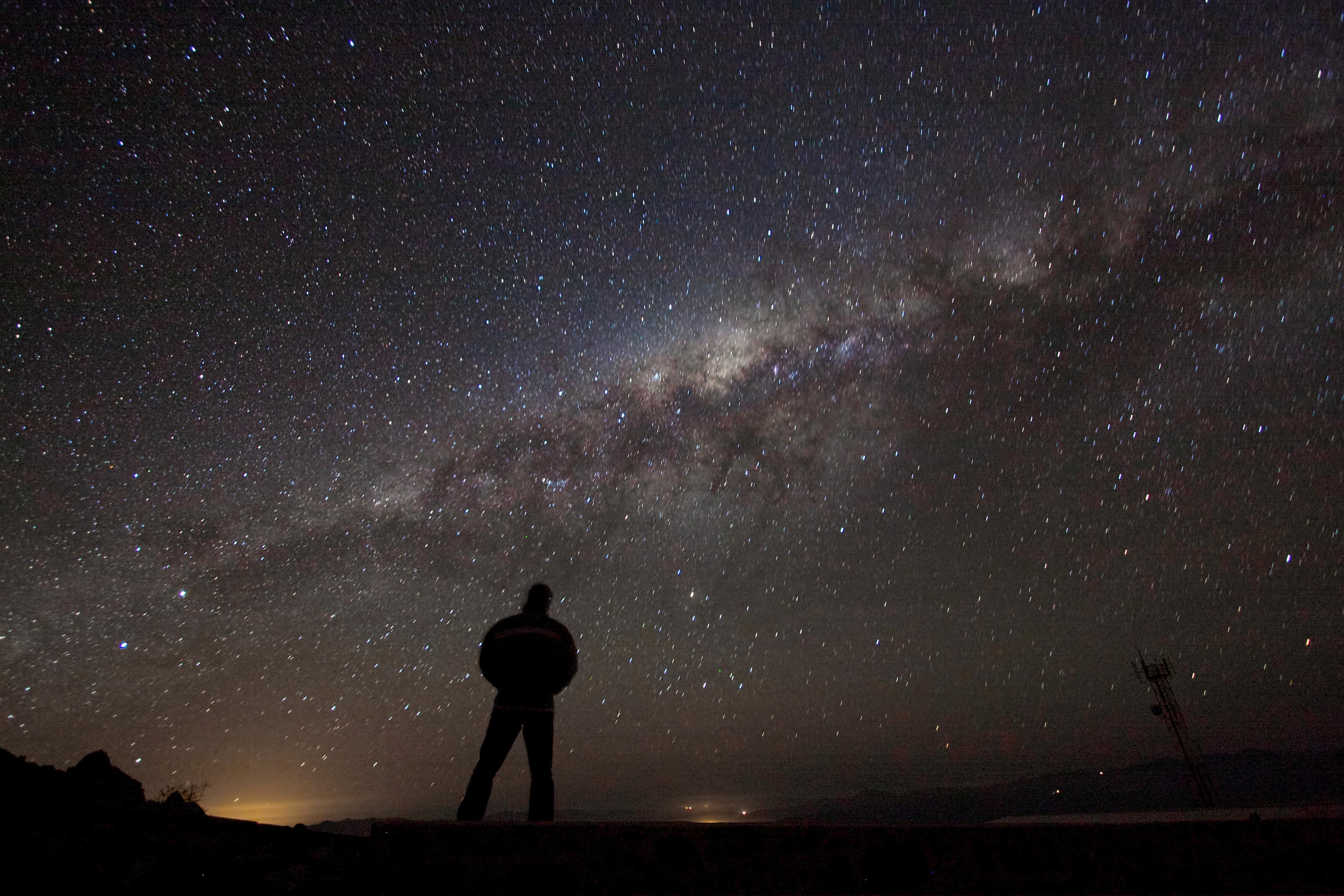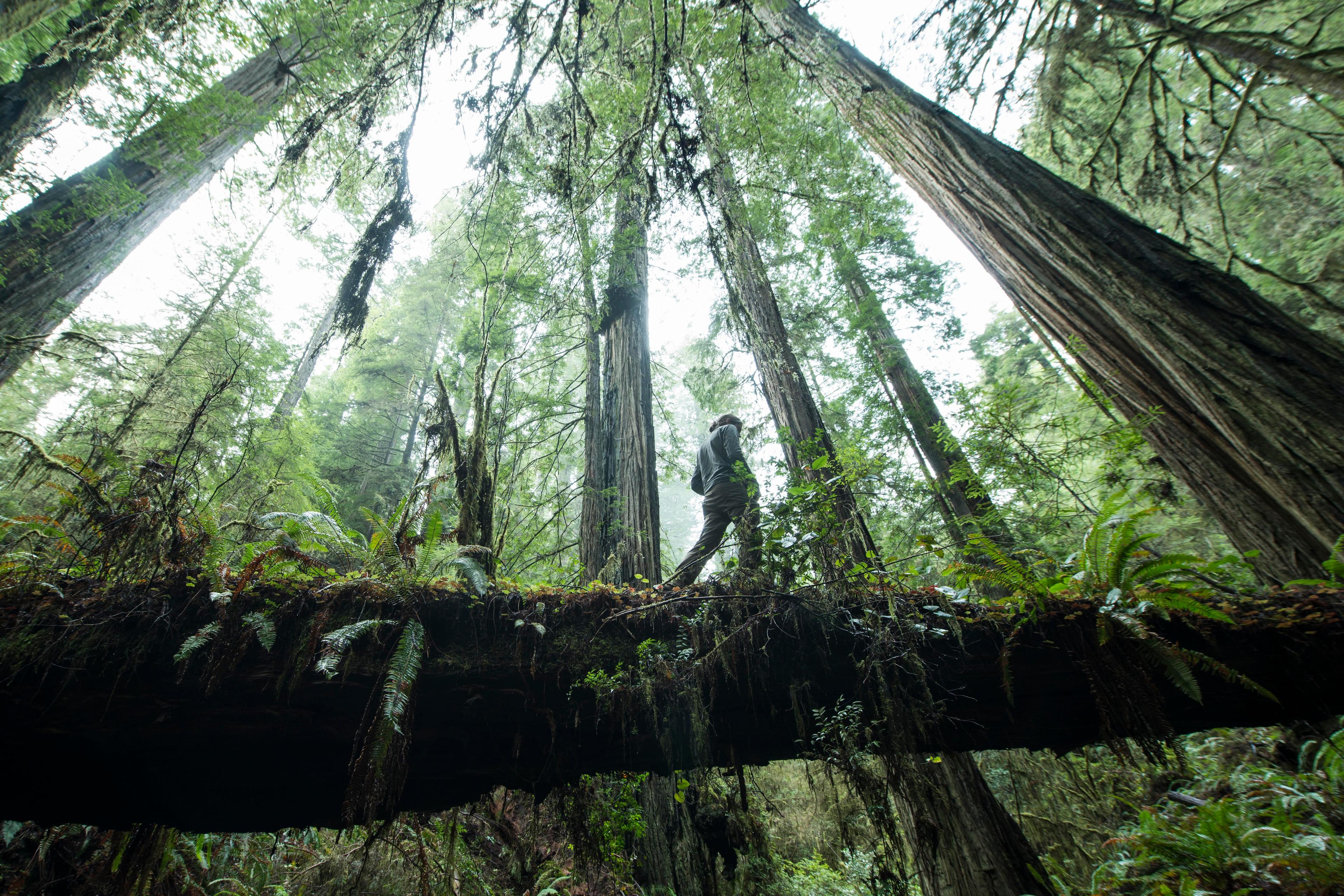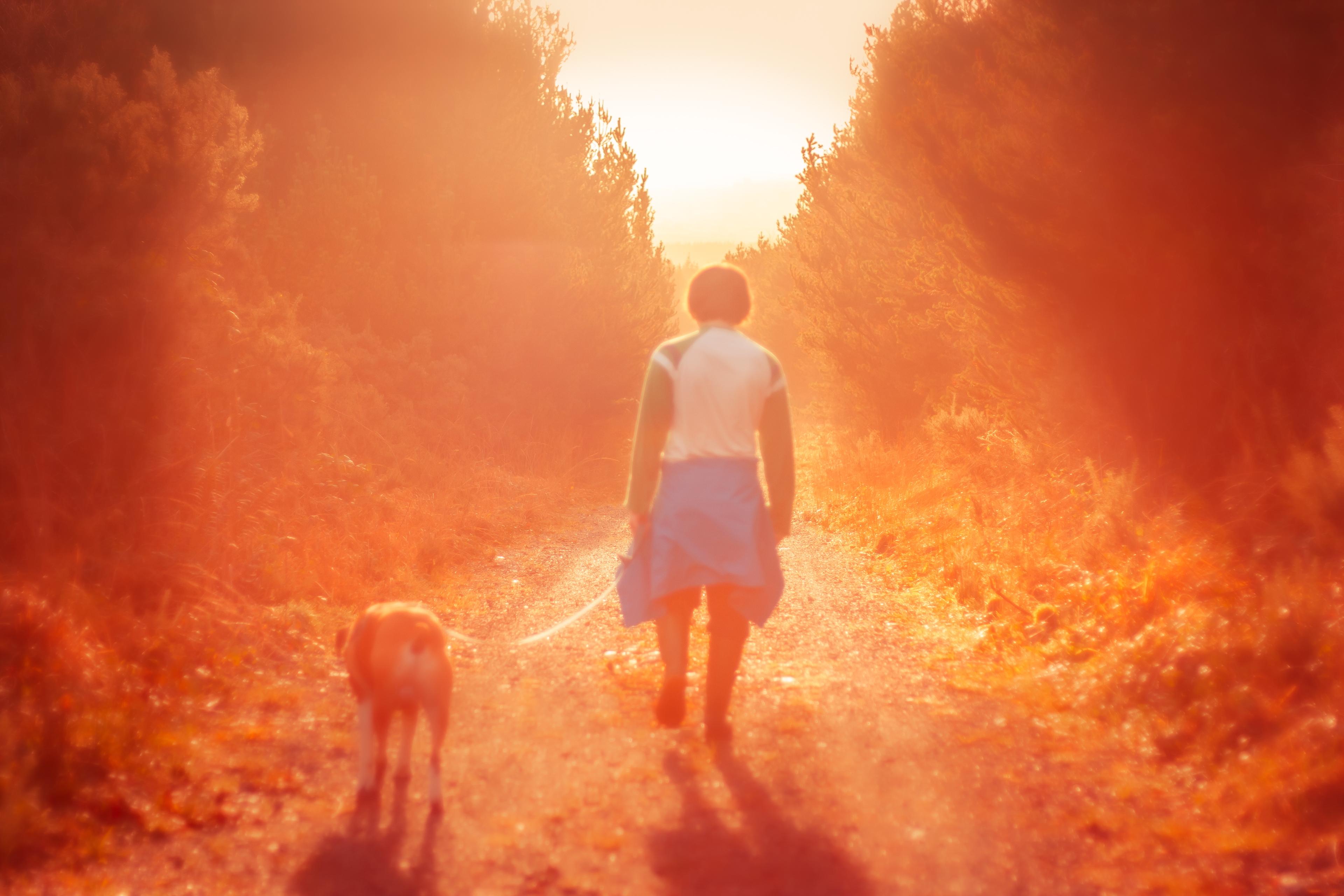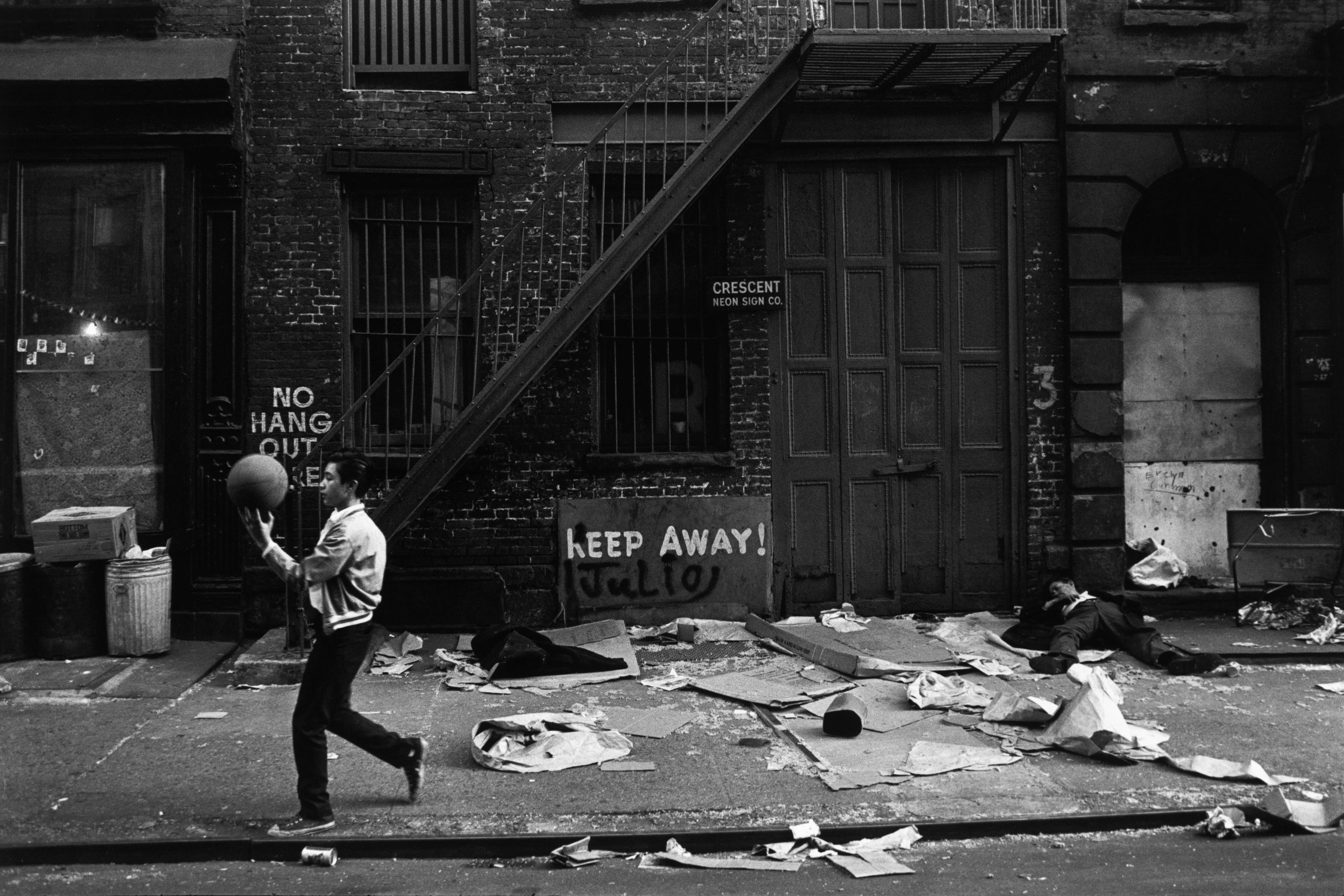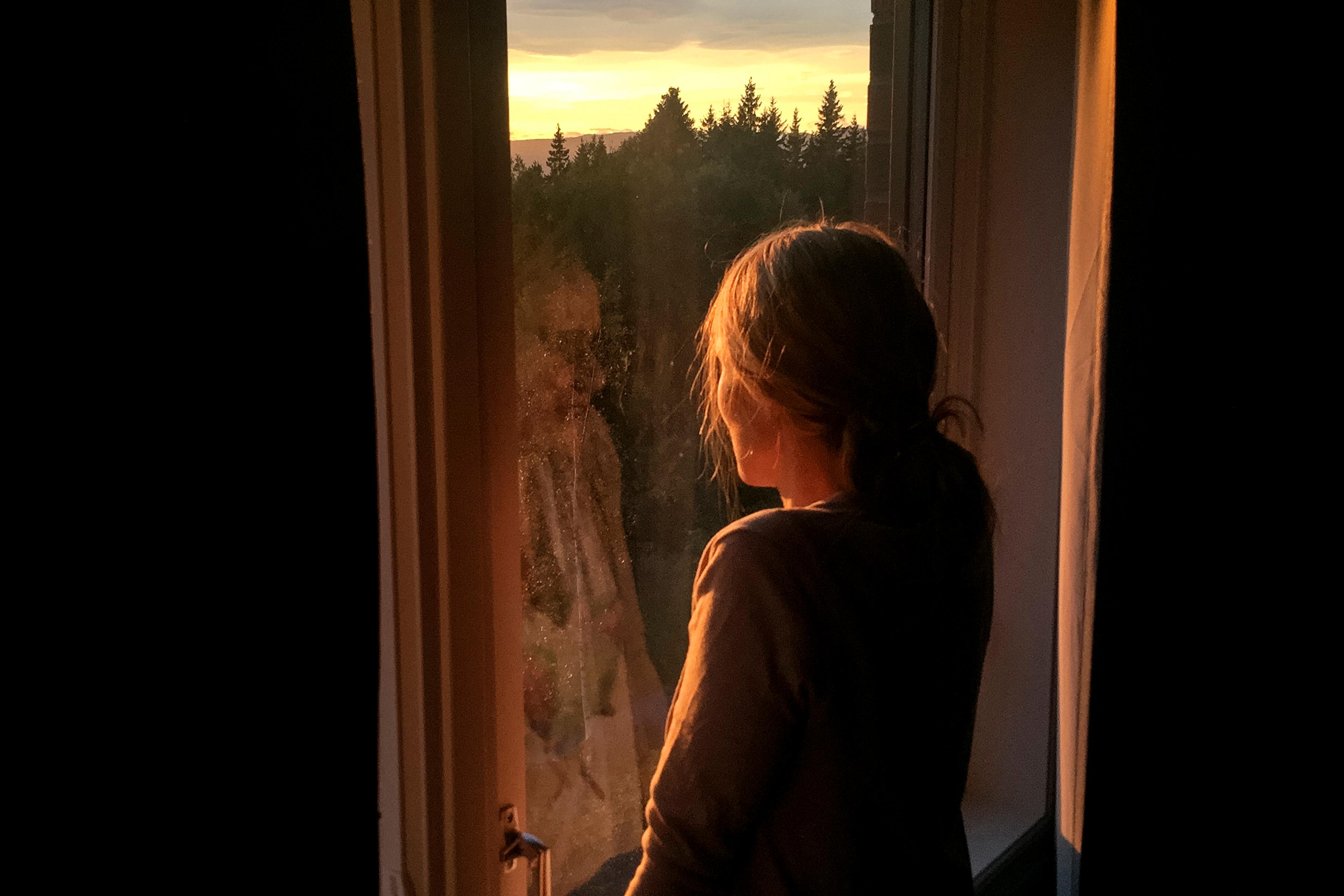In 2017, I travelled to the Amazon jungle to take part in an ayahuasca retreat. I hadn’t done psychedelics for 20 years, and that last time I’d had a bad trip which had left me traumatised. Why would I ever want to try psychedelics again? Although I’d healed a lot from that youthful bad experience, I still felt I had healing to do at a deeper level. And I thought that psychedelic therapy, guided by trained facilitators in a safe space, might help me. I chose the retreat centre very carefully, and set off. The retreat was a positive, if sometimes scary experience. By the final day I felt my heart was deeply open and connected to the other participants.
It was when I was back in Iquitos, this noisy, dirty city in Peru, that things started to go wrong. It felt as if my heart froze shut. I was suddenly profoundly disconnected from my surroundings and from other people, to the extent that they seemed unreal. Now all the trauma from my bad trip of 20 years before was flooding back – not on the retreat, as I expected, but after it. I hadn’t expected that at all. It was scary. How long would the disorientation last? Days? Weeks? Years? Forever?
I set off the next day for the Galápagos Islands, where I’d planned to stay for a week. During the two-day journey there, I started to doubt if I was in normal reality. I began to suspect that I was either in a dream of my own construction or trapped in some kind of fake reality constructed by someone else. Could I be in a coma or some afterlife limbo state?
These eery feelings intensified over the next couple of days. On the ferry to the Galápagos, I thought I was on Charon’s ferry, crossing the river Styx to the land of the dead. I checked in to a hotel in the Galápagos, and sat on the balcony. Below me, three seals lay on deckchairs, like overweight tourists, and bellowed sickeningly, while little black iguanas waddled grotesquely around them. This isn’t real, I thought. How do I wake up? When I got texts from loved ones, I thought my subconscious was constructing them. I felt profoundly alone in this fake reality.
How do you know if you’re dreaming? It’s an old philosophical conundrum that goes back to René Descartes. He noted that we could be in a dream, or an imaginary universe constructed by an evil demon, and we’d have no way of proving otherwise. Like Descartes, all I knew for sure was that I was conscious.
8700
©Antoine d’Agata/Magnum Photos
8701
©Antoine d’Agata/Magnum Photos
8702
©Antoine d’Agata/Magnum Photos
8703
©Antoine d’Agata/Magnum Photos
8705
©Antoine d’Agata/Magnum Photos
A friend back in London realised that I wasn’t well, and suggested, by text, that I should come home. I agreed. I thought I might wake up if I travelled ‘back to London’ in my dream. It took three days and four flights, and all that time, travelling alone in an altered state, I thought I was in a fake reality – I was constructing the plane, the air stewards, the sky with my mind. Somehow, I managed to negotiate it all calmly and arrive back without freaking out or getting locked up. My friend was waiting for me at the airport. It was like the last scene of the film Inception (2010), where the hero meets his family in the airport but isn’t sure if he’s still dreaming. In the end, he decides to go with it. I also decided to go with it, to treat appearances as real.
For two weeks, my friends took care of me. They made sure I ate properly (I’d forgotten to eat for three days) and helped me cross the road (I still wasn’t sure what was real). It was a scary but also a beautiful time, because my heart was still incredibly open, although my rationality was not functioning very well. After two weeks, I was back in this material reality and life carried on more or less as before.
I was helped, during this temporary ego-meltdown, by the fact that I had studied ecstatic experiences as an academic. I was familiar with the idea of a ‘spiritual emergency’, and it helped me to not freak out.
The term was coined by two psychologists, Stanislav and Christina Grof, in the 1980s, to refer to a messy spiritual experience that, while having some aspects of psychosis, is not indicative of a long-term mental illness. In fact, according to the Grofs, a spiritual emergency can be a transition to greater wholeness and growth.
The idea of a spiritual emergency goes to the heart of a centuries-old argument in Western culture over the nature of ecstatic experiences. On the one hand, Enlightenment philosophers such as Thomas Hobbes and psychiatrists such as Henry Maudsley and Jean-Martin Charcot defined ecstasy as something delusional, and probably indicative of mental or neurological illness – something to be feared, ridiculed and avoided. This is still the mainstream opinion in Western culture.
On the other hand, various countercultures – ecstatic Christianity, Romanticism, the psychedelic New Age – defensively insisted that ecstatic experiences are wholly good, meaningful and wonderful. They’re the greatest experience a human can have, and we should seek them out.
Both these positions are a bit simplistic. Ecstatic experiences can be both beautiful and meaningful, and also terrifying and bewildering. Ecstasy is a moment where you go beyond your ordinary ego and ordinary sense of reality, and shift into a more subliminal or trance mode of thinking. That means you can tap into subliminal potentialities of healing and inspiration, see the world afresh, feel connected to all things. But it can also be profoundly disorientating, especially in a culture that has lost touch with its words, maps, rituals and guides for such experiences. You might encounter repressed trauma, you might get stuck in unusual or frankly delusional beliefs, you might feel such a surge of energy that you can’t sleep for days or weeks. Ecstasy can be messy.
Hence the Grofs, and others in a field called ‘transpersonal psychology’, tried to find a middle ground, introducing the term ‘spiritual emergency’ for a messy shift to greater wholeness. Christian mysticism also speaks of ‘dark nights of the soul’, and it’s noticeable that many mystics had difficult experiences sometimes lasting for months or years.
I had some familiarity with the concept of spiritual emergencies through my academic research into ecstatic experiences, and it really helped me. It gave me faith that the experience would pass, that I should trust my soul and my friends, and practise the Stoic and Buddhist wisdom I’ve learned over the past two decades. And I was OK. I came back from the underworld.
Following that experience, I started to meet others who’d had similar meltdowns. I worked with the psychiatrist Tim Read to gather stories together and look for patterns. What we discovered was that spiritual emergencies happen quite often, and are very little discussed. People told us they’d never publicly discussed their experiences, although they considered them deeply meaningful. Often these episodes were triggered by psychedelics or intense spiritual practice, but they could also happen spontaneously, or be triggered by bereavement or political crises such as the COVID-19 pandemic.
There are similarities in the phenomenology of the experiences (ie, what they’re like). There’s a shift into an intense altered state of consciousness, in which time slows down, the inner world of dreams and outer world of ordinary reality blur, and mythical and archetypal thinking start to spill out. Events and objects feel charged with a numinous significance. People might decide they are divine, or that they have an apocalyptic mission. They might feel themselves dissolve, that they are at one with all things, and this loss of separateness can be beautiful and utterly terrifying. Or they might feel – as I did – that they have died, passed over into the spirit world. In a way, they have – the usual ego has disappeared. But it’s a temporary ego-death, usually.
In this raw state, the person is acutely sensitive to the judgments of others, and many report bruising encounters with experts – spiritual or psychiatric – who often fail to understand or sympathise with what the person is going through, and its simultaneous beauty and horror.
What helps? Set, setting and integration. First, the setting. People’s minds settle down when they’re in a peaceful, supportive and nonjudgmental setting. Human connection and love help return the mind from its flight into transcendence, so that it settles back into ordinary reality.
Second, the mindset. As the Stoics insisted, our context for events defines how we feel about them. It’s important to have a frame of meaning and growth on messy experiences, rather than the customary psychiatric frame where psychotic episodes are meaningless symptoms of neurological disease. Also helpful is the idea, found in most wisdom traditions, that ‘this too shall pass’. In addition, I found basic breathing exercises helpful for riding the waves of anxiety. The occasional diazepam also helped. I tried to practise kindness to myself, accepting what was arising without attachment or aversion. And I tried to practise humility – keeping grounded, not taking myself too seriously, laughing at the weirdness with my friends.
Finally, integration. My own experience wasn’t very traumatic – I think it was more the resolution of old trauma – but, for many people, spiritual emergencies are traumatic, and take a good few months or years to integrate. It can be helpful to find a therapist, or a supportive community such as the Spiritual Crisis Network or the International Spiritual Emergence Network.
As weird as it sounds, I look back on my own experience fondly. I am none the worse for it, and it gave me an insight into unusual states of consciousness and the artificiality of the everyday self. I still sometimes feel our ordinary reality is a dream, but it’s a collective dream, not a solitary one. My experience also gave me confidence that wisdom practices still ‘work’ in these unusual states – perhaps Tibetan Buddhists are right, and these practices also work in the afterlife.
The Grofs wanted to distinguish ‘spiritual emergency’ from ordinary psychosis. I don’t think there’s necessarily a hard border between mysticism and psychosis, more of a continuum. As the comparative religion scholar Joseph Campbell said, ‘the psychotic drowns in the same waters in which the mystic swims with delight’.
The term ‘spiritual emergency’ is not perfect – the Grofs insisted that such experiences always lead to better outcomes, to greater wholeness. But life is ambiguous, and mystical or unusual experiences are particularly ambiguous. We don’t have to rush to stamp them as ‘totally good’ or ‘totally bad’.
Either way, this sort of experience is happening more and more, as people try psychedelics or pursue intense spiritual practices. Psychedelic practitioners, in their rush to legalise psychedelic therapy, need to be honest about people’s sometimes-messy experiences. So do spiritual or ‘transformational’ communities. We need to upgrade our cultural understanding and support for these experiences.
I hope Western culture can stop defining psychosis as something totally Other to rational civilisation, something frightening, shameful and bad, and instead see that altered states of consciousness are just something that happens to lots of people. They’re neither totally bad nor totally good – it depends on how we process them. The good news is that we can sometimes learn to swim in them, and we can share our experiences with each other.
